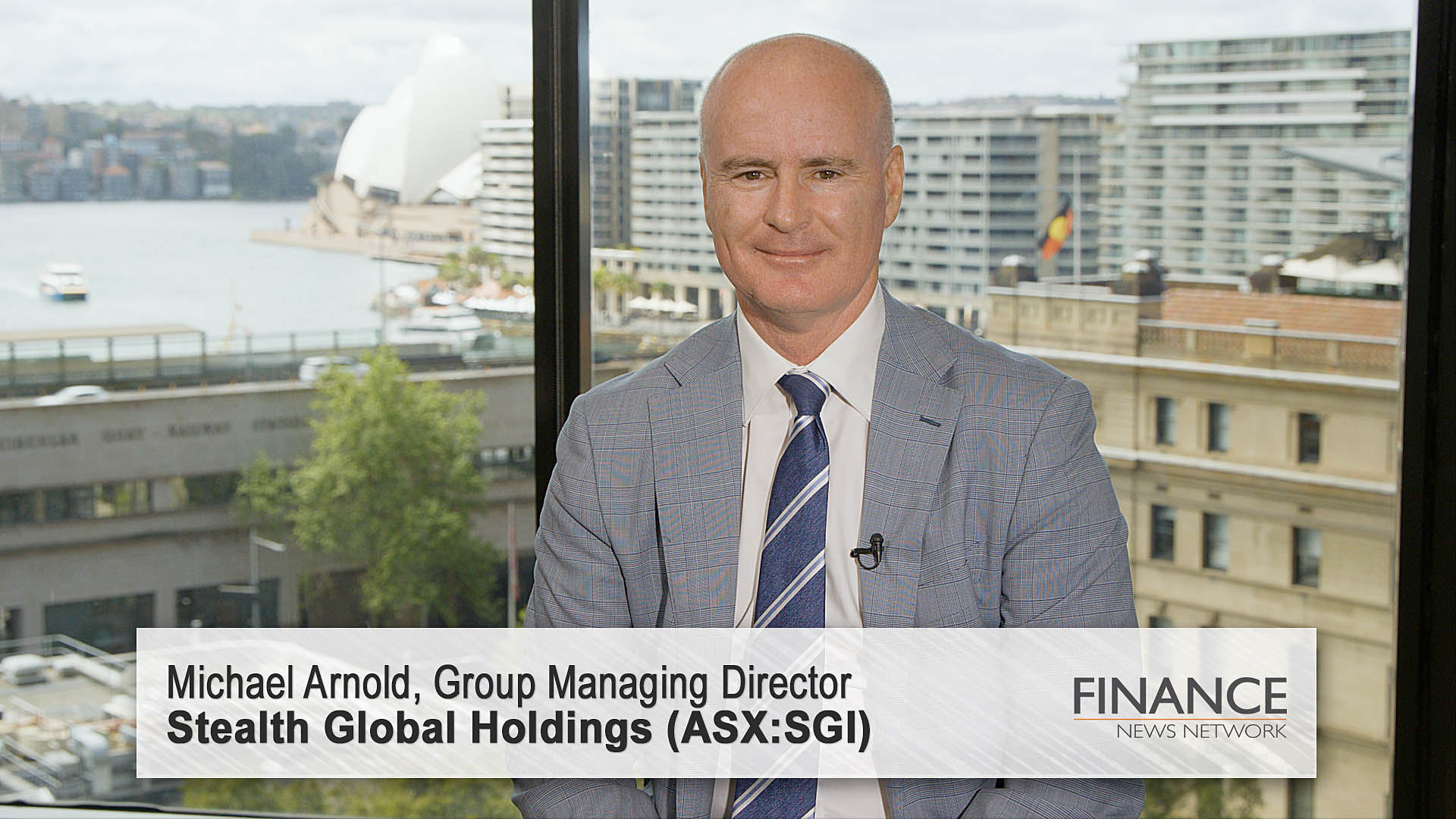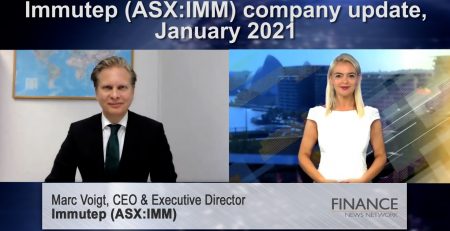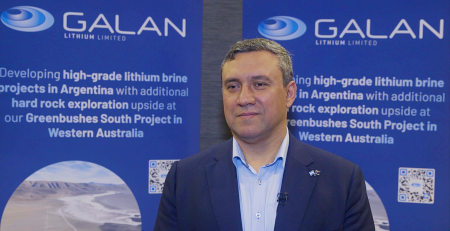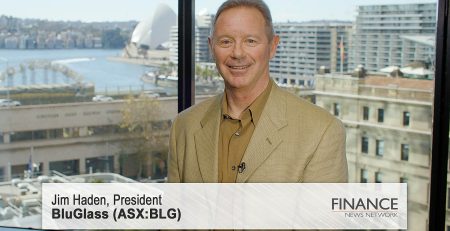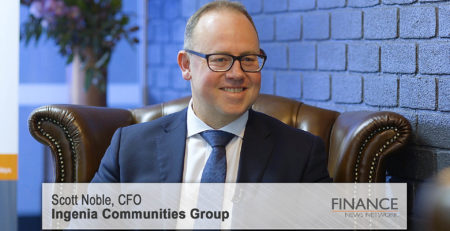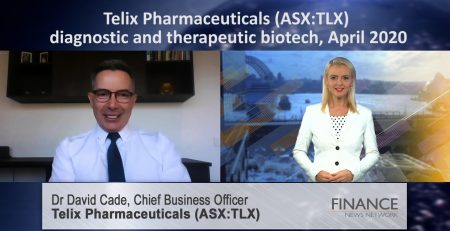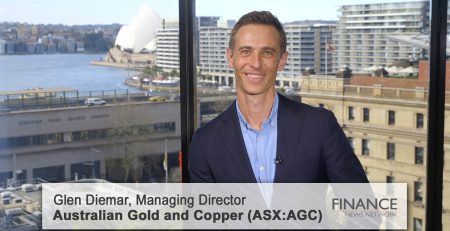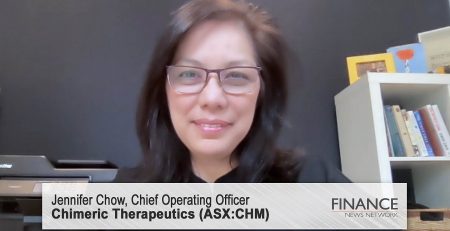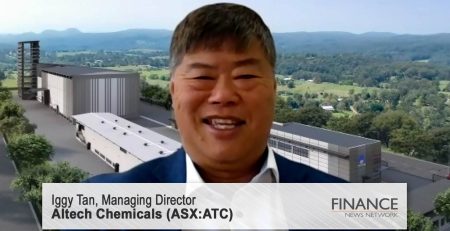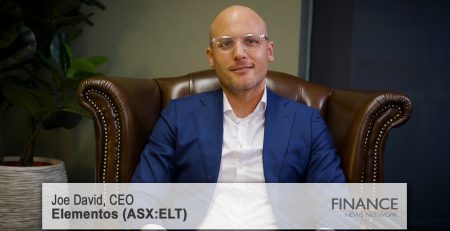Stealth Global (ASX:SGI) discusses 2025 strategy
Stealth Global Holdings Limited (ASX:SGI) Group Managing Director Michael Arnold discusses the business offering, M&A activity, clients, 2025 strategy and financial targets.
Tim McGowen: We're talking today with Stealth Global (ASX:SGI). Now, if you don't know the company, it's a one-stop shop for workplace products and supply chain solutions. The company operates a fully connected distribution network with diversity across their portfolio, customer types, geography, brand and infrastructure, connecting customers with products across multiple sales channels and markets. Has an ASX code of SGI, market cap of around $11.5m dollars. We have with us Mike Arnold, who is the Group Managing Director. Mike, thanks for your time.
Michael Arnold: Yeah, thanks, Tim.
Tim McGowen: For those investors who don't understand Stealth Global, can you give us some background of the company?
Michael Arnold: Yeah, simply we're an industrial supply company. We sell industrial goods, as well as safety truck and trailer automotive products, as well as general workplace supplies. So, our simple tagline is "providing supplies and solutions for every workplace". We listed the business in 2018, October, and since that time we've had quite a large raise from 20 odd million in revenue to 100 million revenue in FY22.
Tim McGowen: And there's been quite a bit of M&A activity. You've acquired some businesses along the way. How does your internal growth look? What does that look like relative to your growth from those acquisitions?
Michael Arnold: We made five — or six acquisitions actually — in the last 3.5 years. In FY22, we grew organically by 21 per cent, and the year prior to that we grew at about 18 per cent. So, we've been very deliberate in terms of building our capability first and foremost in scale, reaching a hundred million odd turnover, having the network in place so that we can get the buying power to be stronger as a business. But, ultimately, organic growth is equally as important as that acquisition growth.
Tim McGowen: And who's your typical client? How do you sell to them and who are you competing with?
Michael Arnold: We run an omnichannel strategy. So, we have branches that cover business customers. We have retail outlets that cover the retail and trade consumer. We also have independent members that form part of our group to give us that buying power and network reach. So, we actually cover all those platforms. And how we cater our services to those particular markets is very different. So, the beauty about it is we give multiple options to all different customer types from large to small, and clearly large customers have a more complex need. So, we're fully integrated and we can provide IT solutions around that. Or anybody can buy a single product from us, whether that be in a store, or whether that be through one of our sales reps, or online.
Tim McGowen: And you spoke about reaching your target of a $100m in revenue and you've got a 2025 strategy. So, where are you positioned in regards to that strategy?
Michael Arnold: Right on track. In fact, probably ahead of track. We doubled our store locations in FY22. So we now have 74 locations throughout Australia. Our run rate after the first two months of FY23, we're sitting about an 8.5 per cent organic growth, which is great to see. And from the strategic point of view, we're embryonic in the acquisitions that we've just completed. So, the upside of that, and obviously offsetting that against inflation, gives us the ability to actually increase our margin. So, our margins have developed from 18.5 per cent to 30.2 in FY22, and we see that there'll be a higher push towards that as we get the integration of those new acquisitions completed.
Tim McGowen: And, Mike, the stock looks cheap. It's probably off the radar of some of the fund managers at the moment and probably some retail investors. What are the sort of financial targets you're looking towards moving forward?
Michael Arnold: So, we've always had a strategy for 2025 to have an 8 per cent EBITDA with about a 5 per cent net profit before tax. And there's a number of peers that we've looked at in other markets and how we've modelled our business to achieve that. So, clearly it's tried and tested, and our model is heading towards that. Everything that we've done was about building our revenue scale, and scale around capability. So, we have invested and continue to invest in building that and building capability. So, now our push is very much on better margins, lower-cost operating model, focused on profitability. So, we're really comfortable about where we are and where we're heading. We are cheap, absolutely. And I think for a business doing over a $100m to be having a valuation of 11.5 is clearly something that we are going to put more effort into, getting our business more well known, and obviously in front of the right groups, because we focused about getting the business right, first and foremost, particularly in the last couple of years, and we're now set to obviously take the advantage of that.
Tim McGowen: Mike Arnold, thanks for your time.
Michael Arnold: Thanks, Tim.
Ends
Copyright 2022 – Finance News Network
Source: Finance News Network

